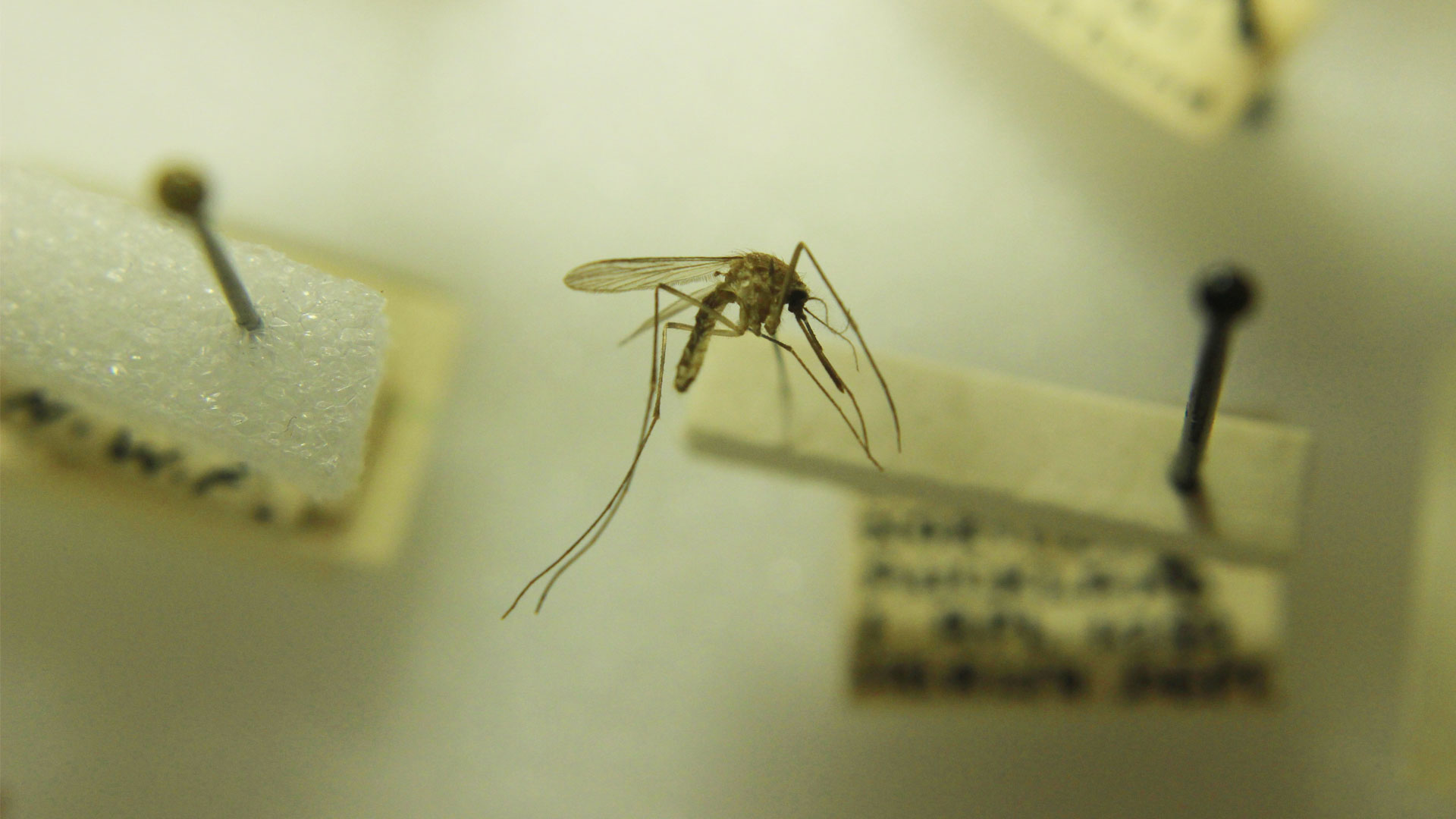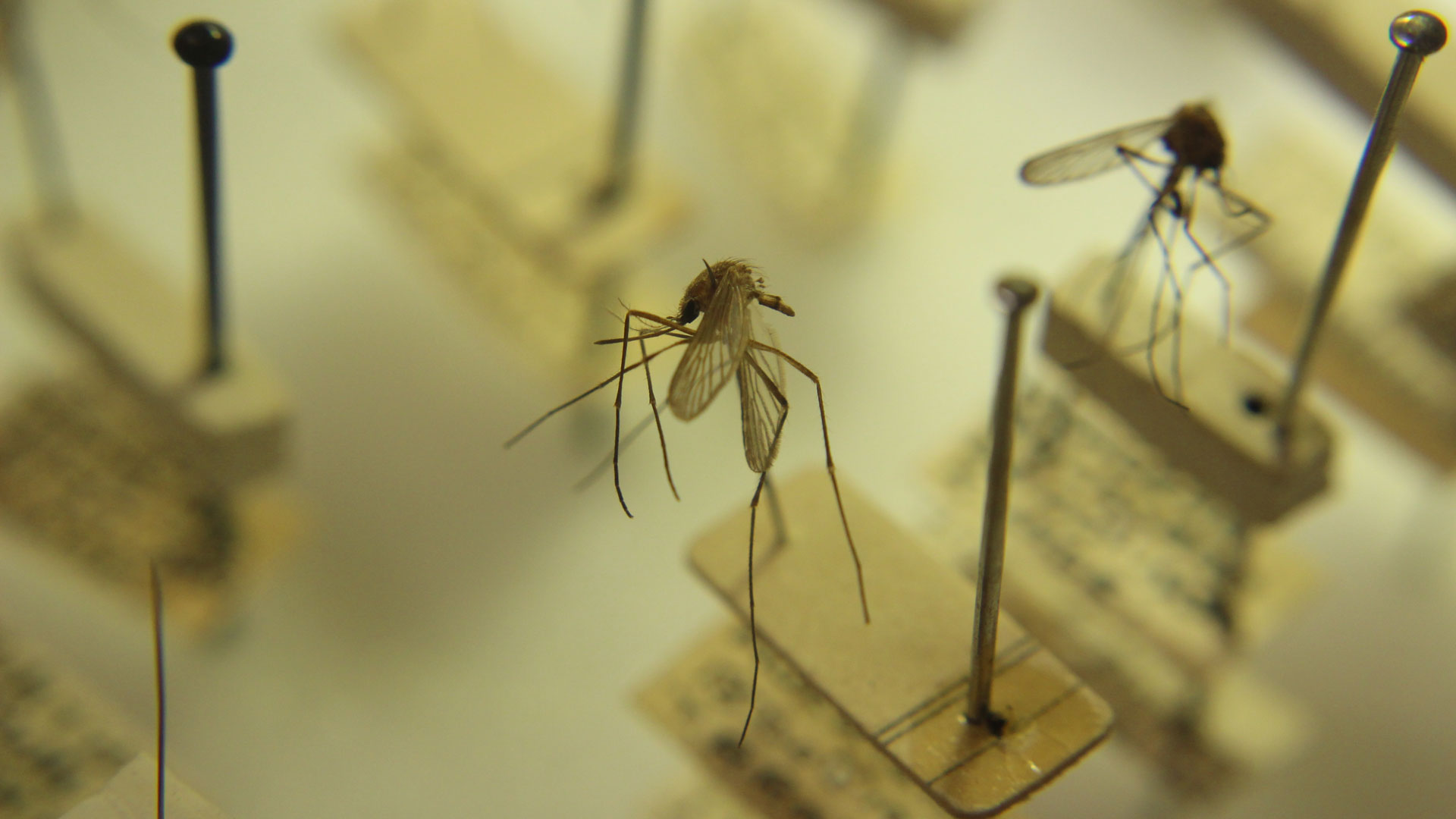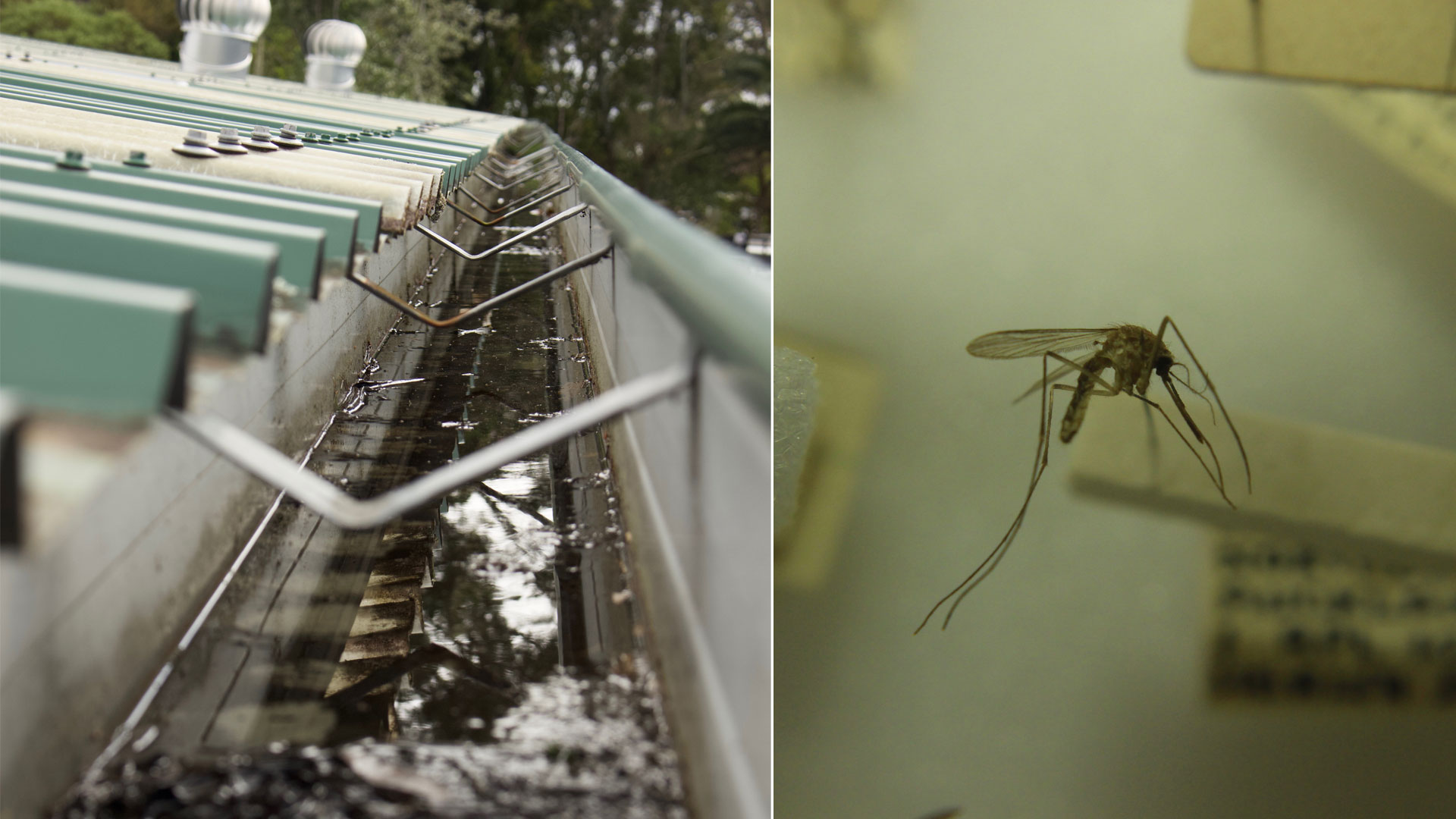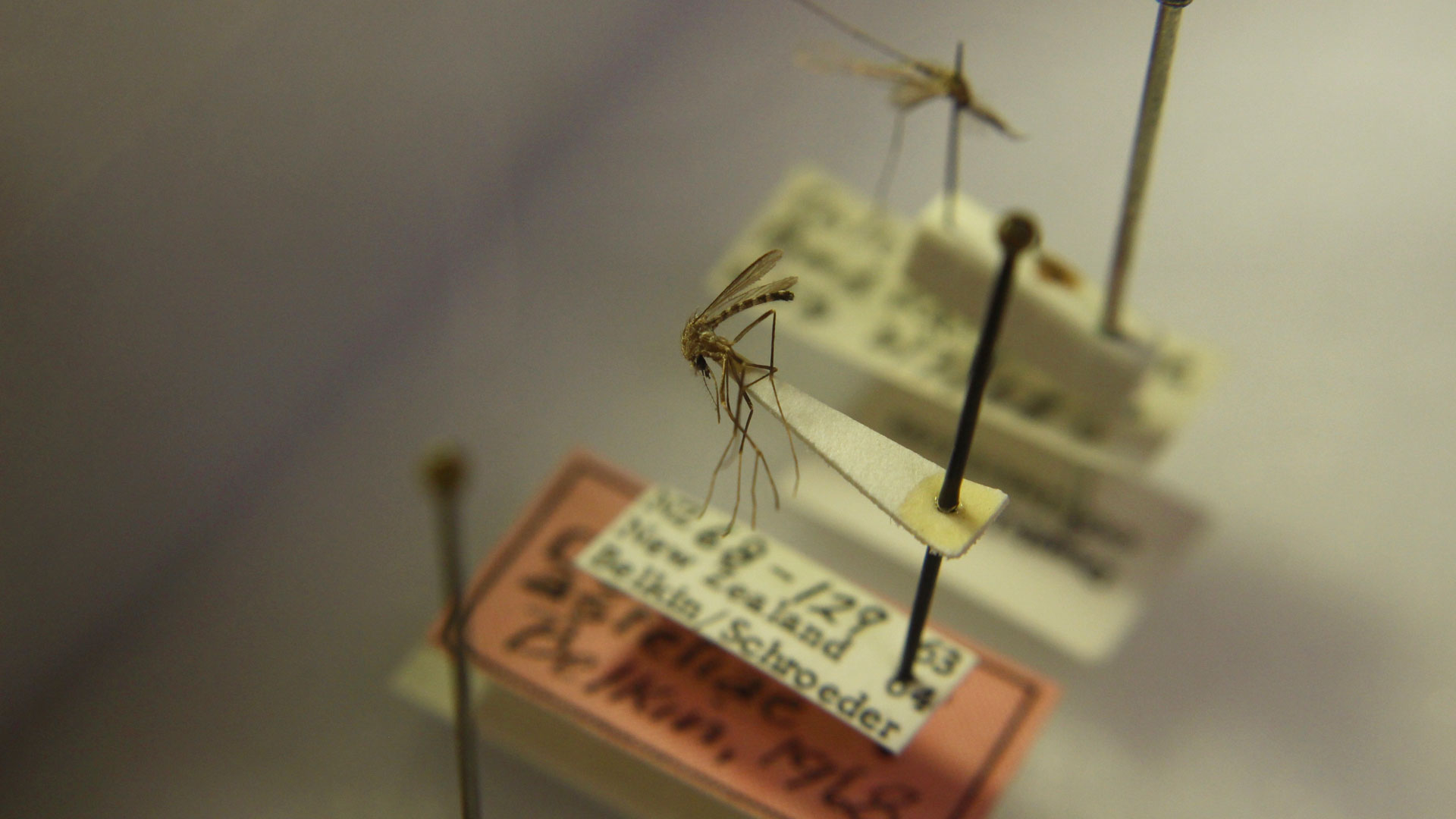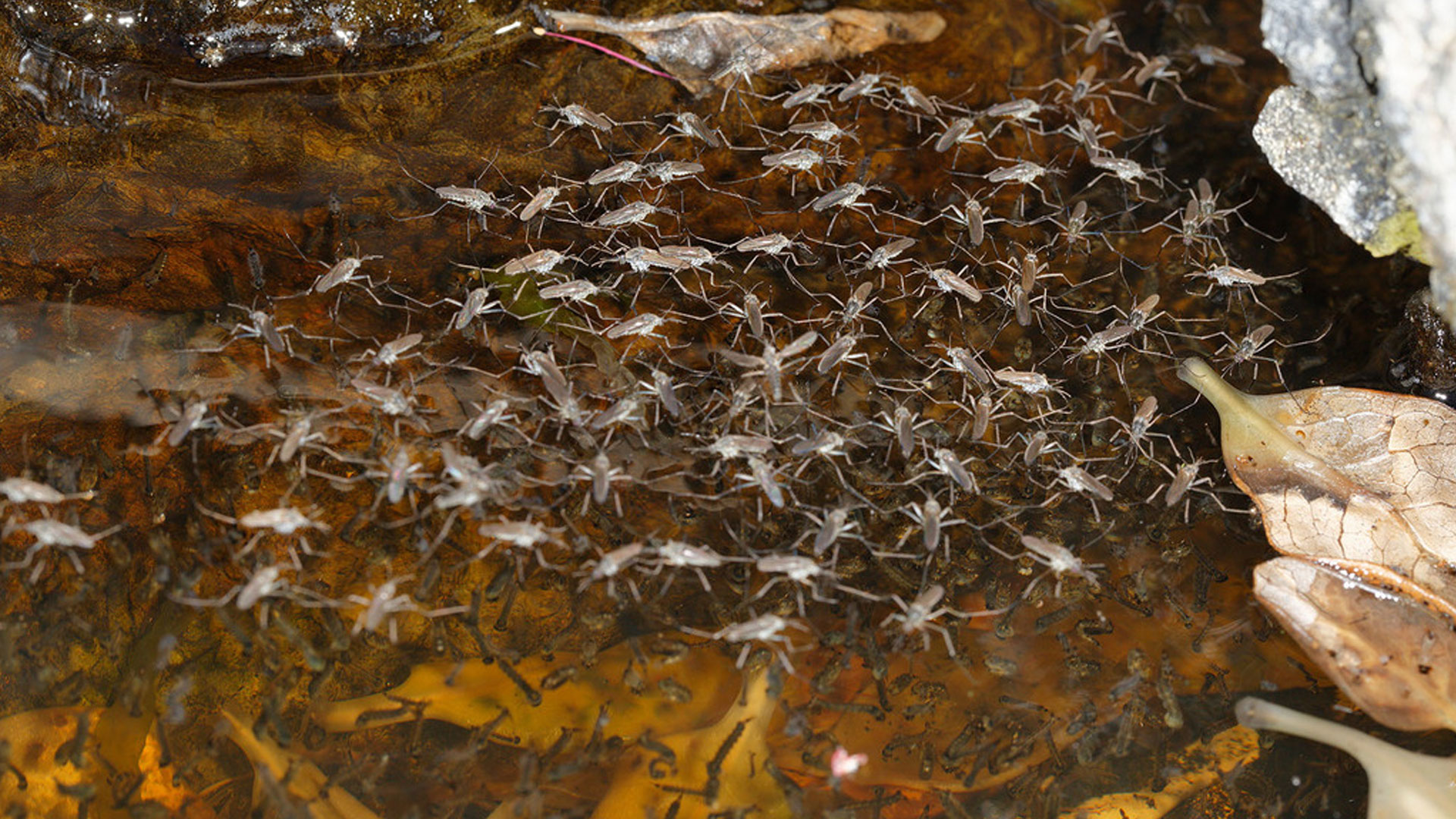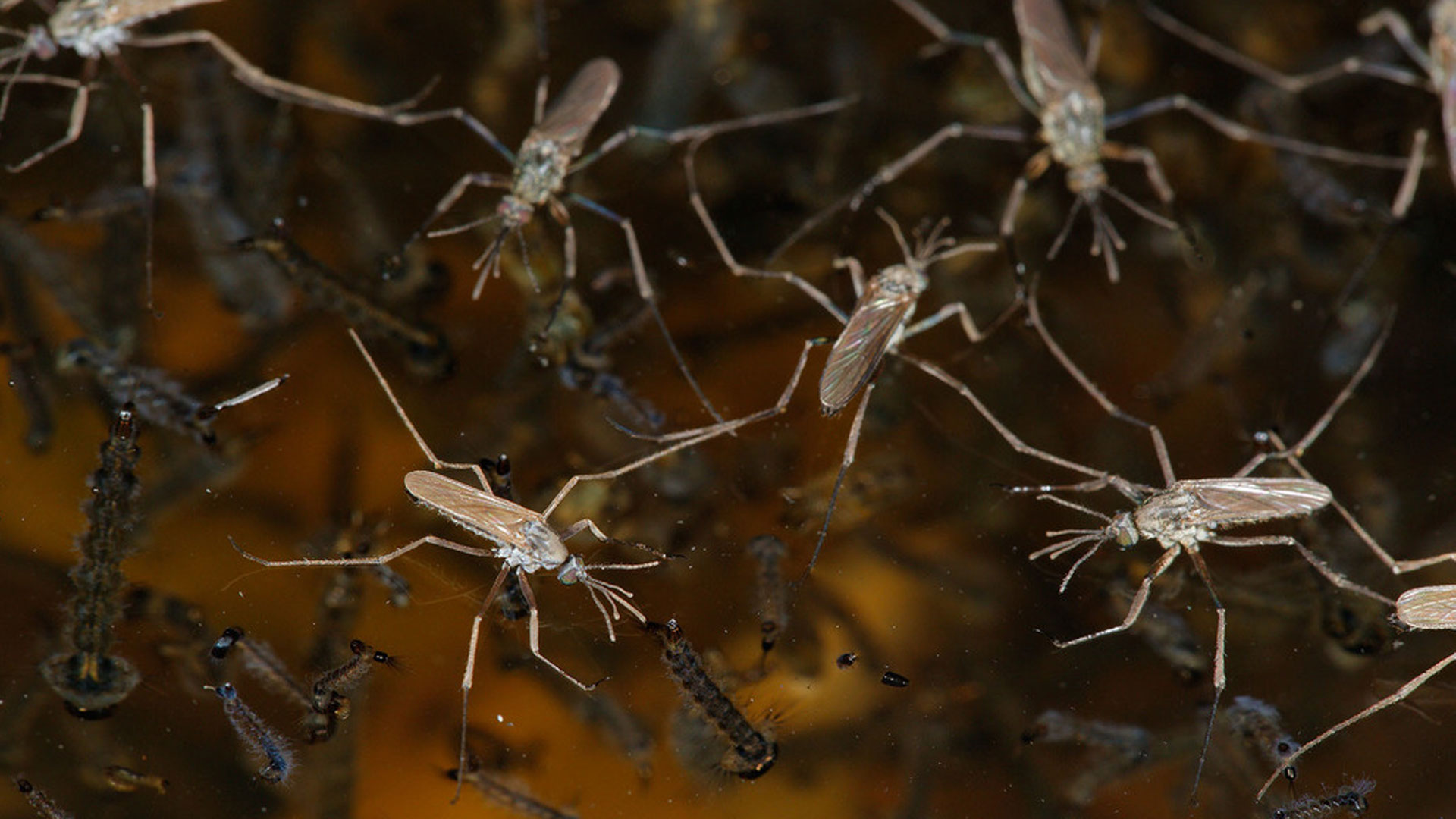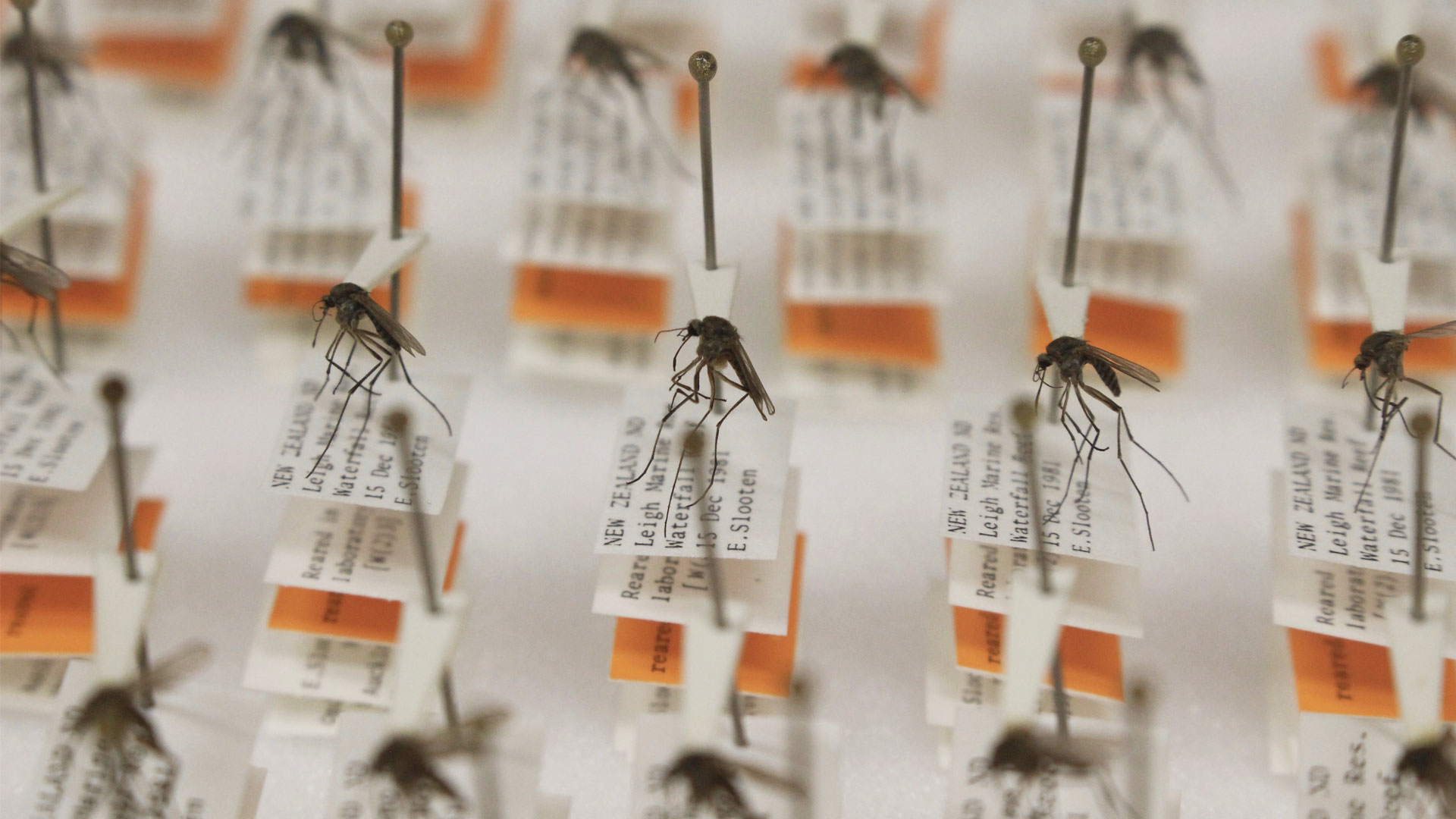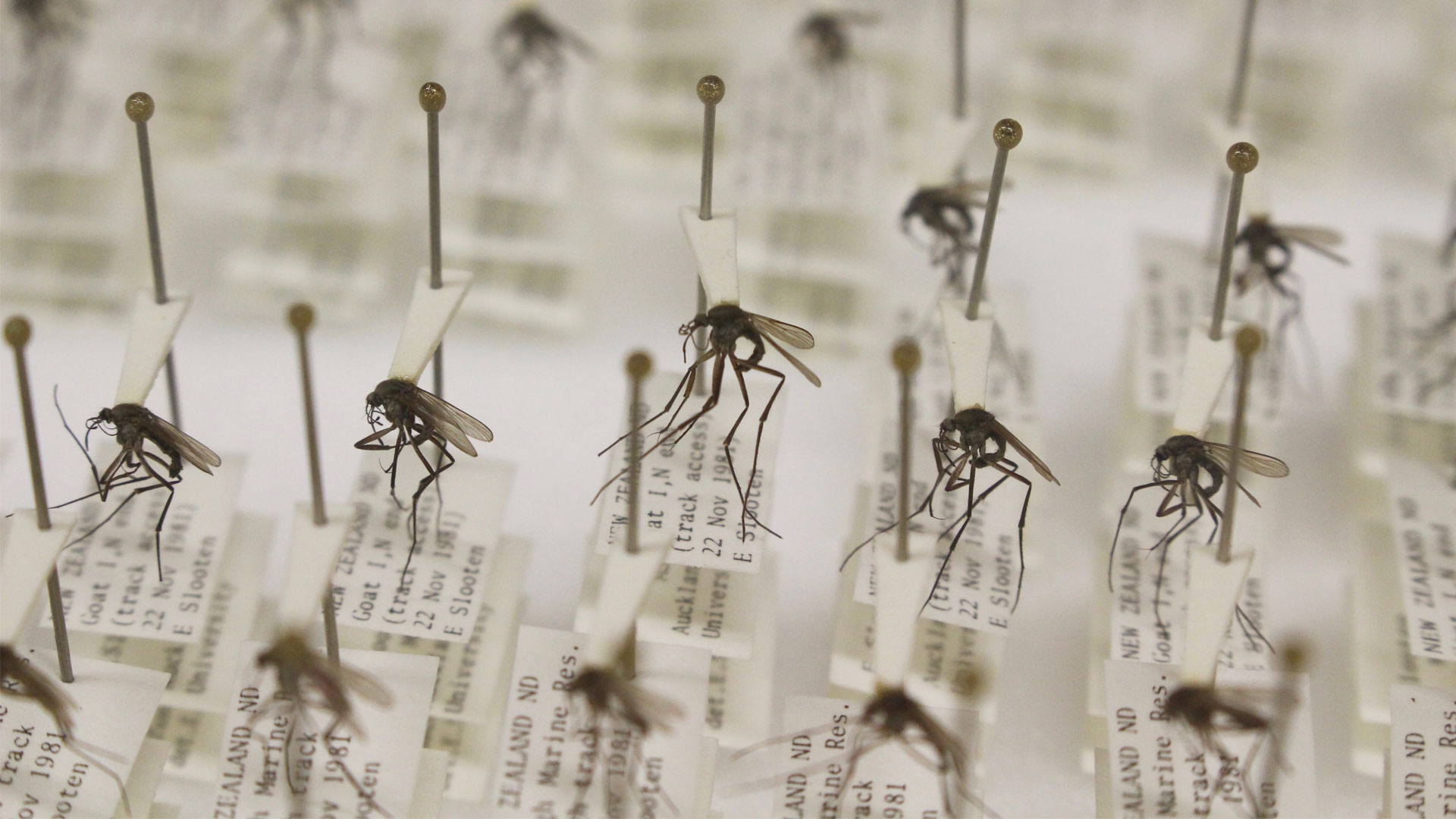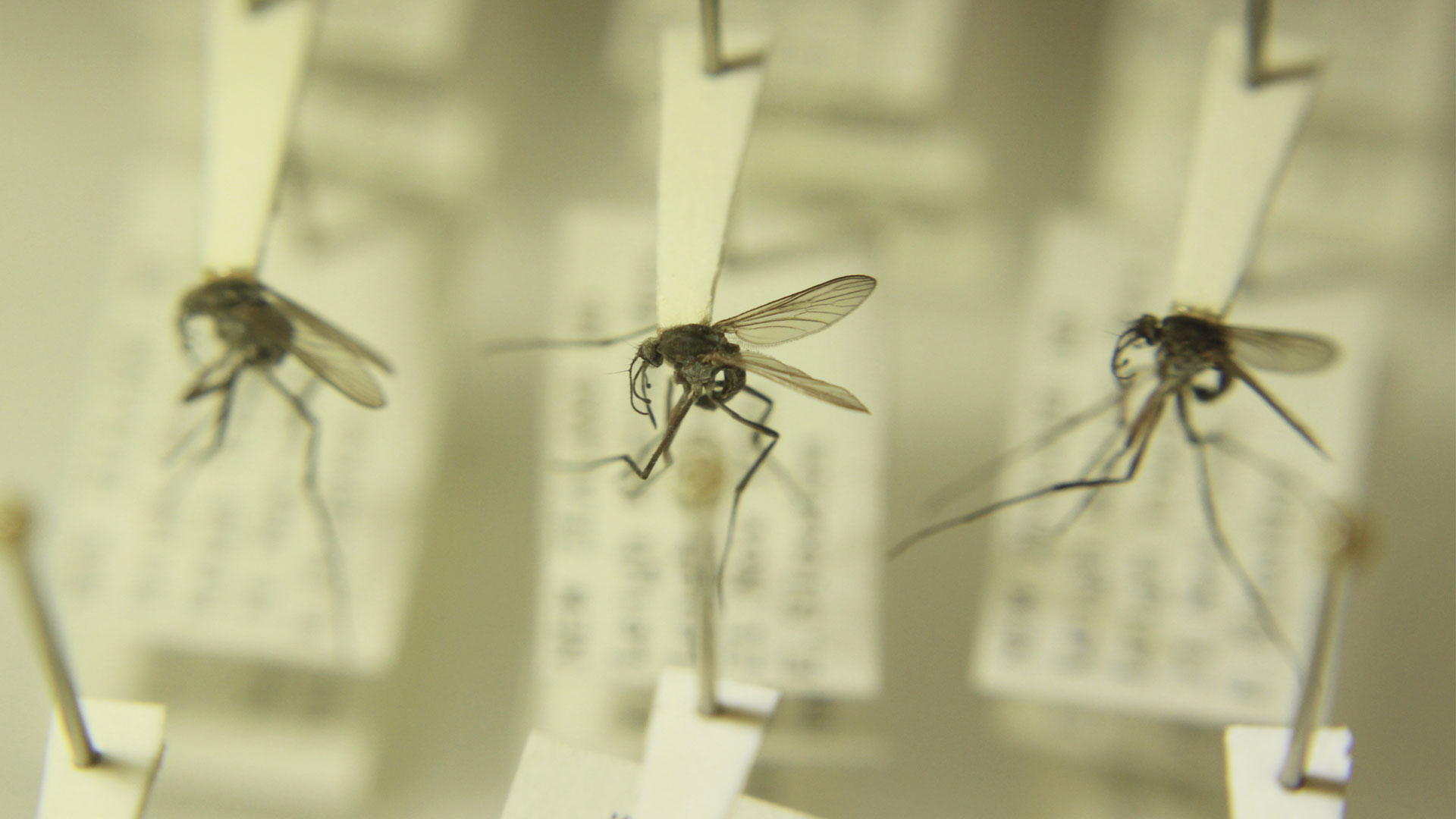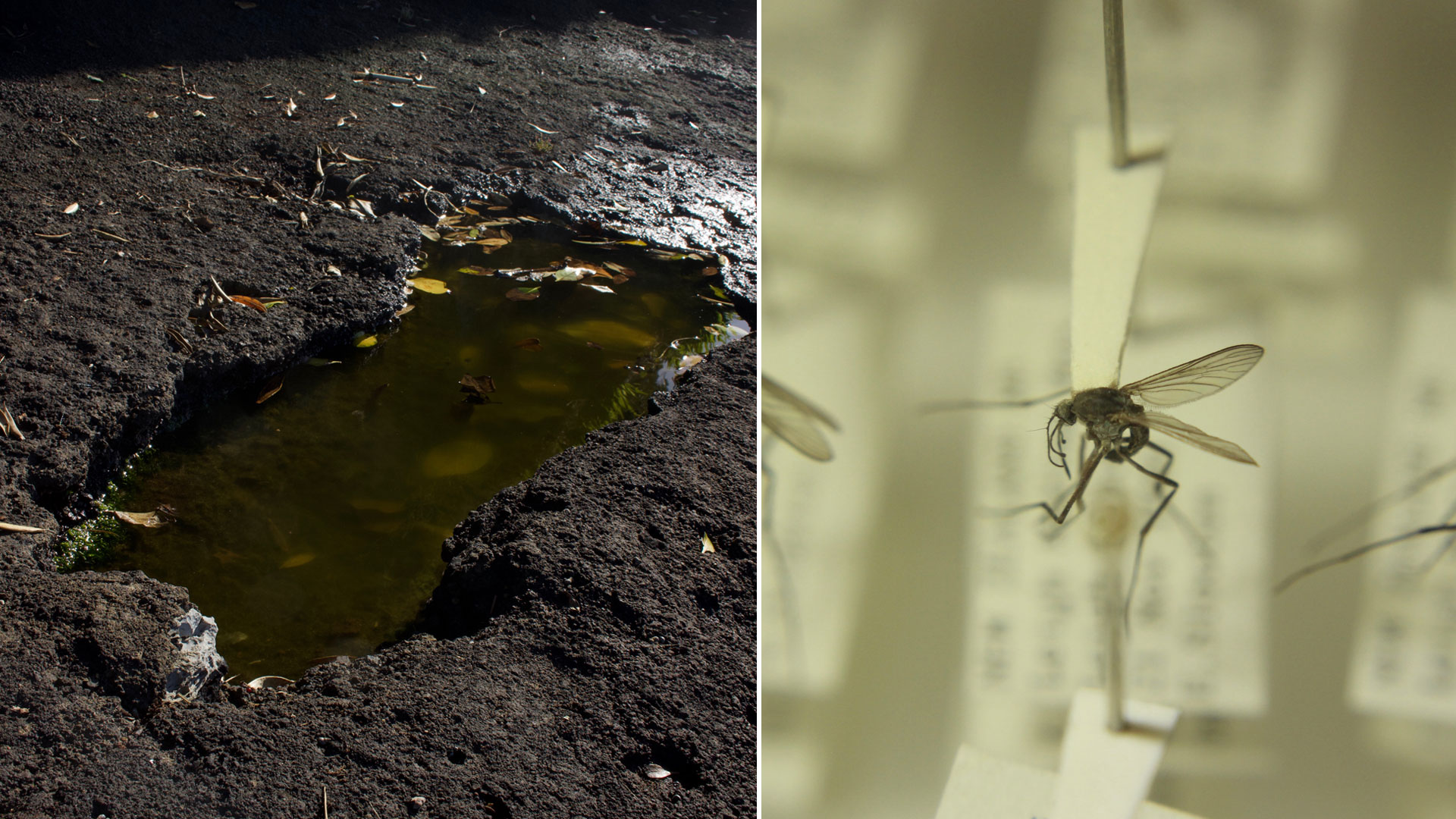Though under-researched, there is evidence that some of our native mosquito species are in decline This is worrying because, like all insects, mosquitos are vital for the health of our ecosystems. For example, mosquitoes are an important food source for our native animals. Birds, reptiles, bats, and invertebrates feed on the flying adults; and other birds, fish and aquatic insects relish the larvae.
Furthermore, our 13 endemic mosquitos are fascinating and unique members of our fauna. They’re as distinct as our birds and just as behaviourally interesting (even more, some would argue). Even though they bite us sometimes and keep us up at night with their incessant buzzing, they are still special creatures, worthy of our attention and admiration. Minor irritation is a small price to pay for rich biodiversity.
Stay tuned for the next blog in our series, and if there’s an insect you’d like to know more about, flick us an email at zoonews@aucklandzoo.co.nz.
Our special thanks to Manaaki Whenua - Landcare Research for allowing us to take photos in the New Zealand Arthropod Collection. We’d also like to thank the following contributors for the photographs supplied for use in this blog - Bryce McQuillan, Nick Goldwater, Lek Khauv, Mike Lusk and Ben Goodwin. Individual photo credits are listed in the gallery above.




